Real estate listings often use creative language to make even the most questionable properties seem appealing. However, savvy buyers and renters know that some terms are red flags disguised as attractive features. As the market becomes more competitive, these euphemisms are used more frequently to gloss over serious flaws. Understanding what these buzzwords really mean can save you from costly surprises later.
1. “Cozy”

According to Realtor.com, the word “cozy” is often used when a property is exceptionally small or cramped. While it may evoke feelings of warmth and comfort, it usually signals limited square footage that could affect your quality of life. Buyers might also find awkward layouts or inadequate storage hidden behind this innocent-sounding term. Always double-check room dimensions before falling for a “cozy” description.
Small spaces can work well for some lifestyles, but they often feel much tighter in reality than they appear in photos. Future resale value could also be impacted if other buyers are turned off by the size. “Cozy” often means you’ll have to compromise on furniture, hosting guests, or even basic movement. Be sure to visit in person before making any decisions.
2. “Charming”

Architectural Digest notes that “charming” is a frequent stand-in for “needs significant updates” in real estate listings. While charm can genuinely add character, it often means the home still has outdated systems, appliances, or layouts. You might encounter original wiring, old plumbing, or even structural issues masked by cute decor. Digging deeper into inspection reports is crucial when a home is described this way.
What looks quaint on the surface could hide costly maintenance problems underneath. Charm is subjective, and what feels historic to one person may feel like a renovation nightmare to another. Be prepared for higher upkeep costs if the property really lives up to its “charming” reputation. Understanding the true condition behind the aesthetic is vital for smart buying.
3. “Vintage”
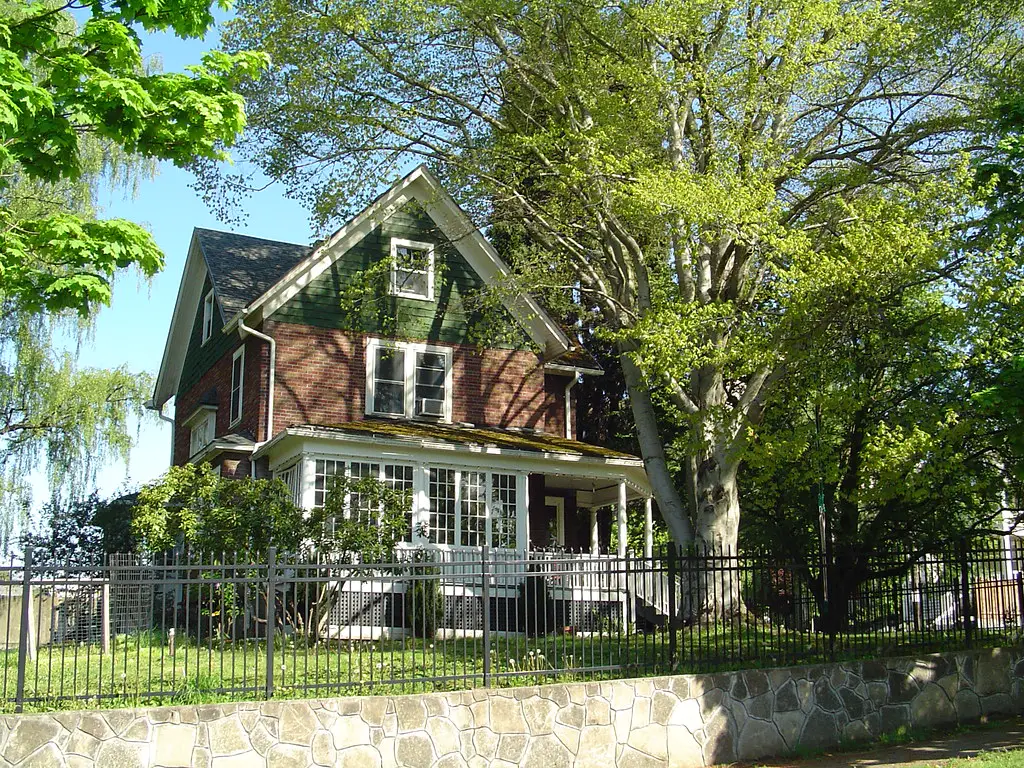
According to Better Homes & Gardens, the word “vintage” often covers for outdated, aging, or poorly maintained features. While vintage elements like crown molding or original hardwood can be appealing, they usually come with hidden maintenance needs. Electrical systems, insulation, and even roofing could all require modernization at significant expense. Buyers should be cautious and budget for potential upgrades.
There’s a big difference between a carefully preserved vintage home and one left to age without updates. Repairing or replacing old systems can become a financial burden quickly. Make sure you know which “vintage” aspects are charming — and which ones are dangerous. An experienced inspector can help spot critical issues behind the nostalgia.
4. “Up-and-Coming Neighborhood”

Forbes reports that “up-and-coming neighborhood” is often code for an area that has not yet developed necessary amenities or infrastructure. While these locations might eventually see growth, they often involve higher risks and uncertain timelines. Crime rates, school quality, and public transportation options might still be lacking. Buyers hoping for quick appreciation could be disappointed.
Living in an up-and-coming area can mean long drives to basic services like grocery stores or healthcare. Gentrification and development aren’t guaranteed, even when they seem inevitable. Weigh the potential investment rewards against the challenges of living in an area still under construction. Some neighborhoods stay “up-and-coming” for decades without truly arriving.
5. “Quaint”

Similar to “charming,” “quaint” can disguise a multitude of underlying issues like structural damage or outdated systems. The word suggests something picturesque but can also signal a lack of modern comforts. Prospective buyers should look past the aesthetic and thoroughly vet the home’s infrastructure. Romanticizing a property’s exterior could lead to overlooking costly flaws inside.
Homes described as quaint might also be smaller or more isolated than they seem online. It’s important to consider whether the character is worth the compromises. Inspections should be prioritized to avoid falling for a beautiful exterior that masks serious concerns. Quaint can be cute — but it can also be expensive.
6. “Low Maintenance Yard”

A “low maintenance yard” can sometimes mean there is barely any yard at all, or that the landscaping was poorly designed. Some listings use this term to gloss over properties with artificial turf, gravel lots, or neglected outdoor spaces. A quick drive-by or virtual tour often reveals whether the outdoor area truly suits your lifestyle. If you dream of a lush garden, be cautious.
Having less outdoor upkeep can certainly be a benefit for some homeowners. However, a lackluster yard could hurt your home’s future resale value. Outdoor spaces have become more important to buyers post-pandemic. Make sure “low maintenance” doesn’t translate into “no curb appeal.”
7. “Character Home”
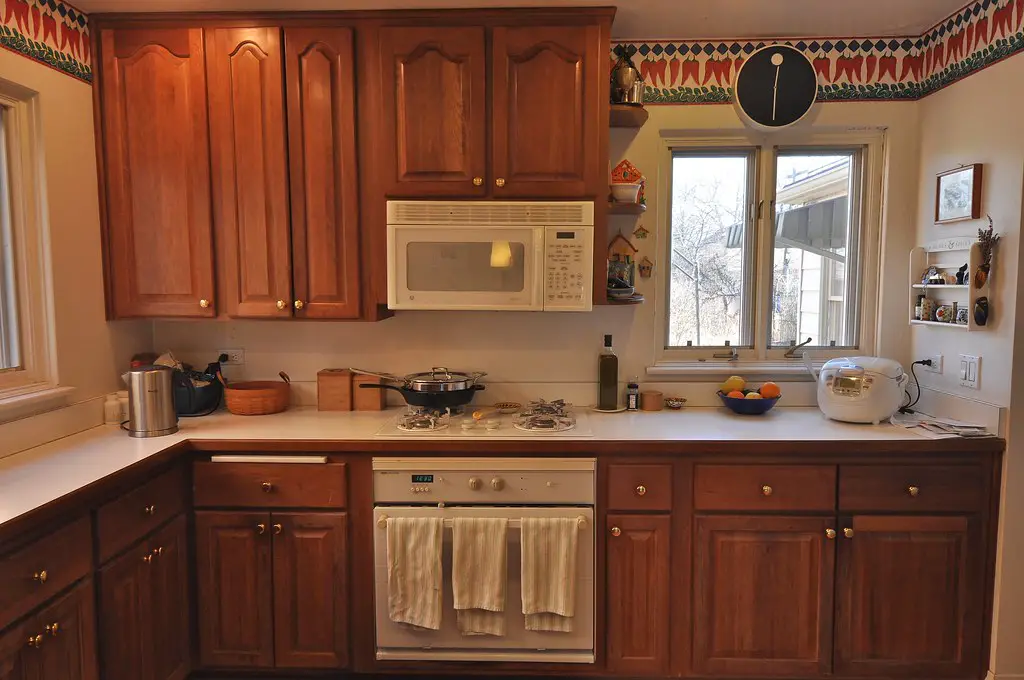
When a home is described as having “character,” it often means it’s older and may not meet modern building codes. While features like arched doorways and built-in cabinets are charming, hidden defects are common. Electrical systems, insulation, and windows might all require upgrading. Be sure to weigh the aesthetic benefits against practical concerns.
Old homes can be beautiful but often come with ongoing maintenance demands. Inspections tailored to older properties are highly recommended. Be prepared for surprises like asbestos, lead paint, or termite damage. Appreciating a home’s character should never mean ignoring its shortcomings.
8. “Unique Layout”
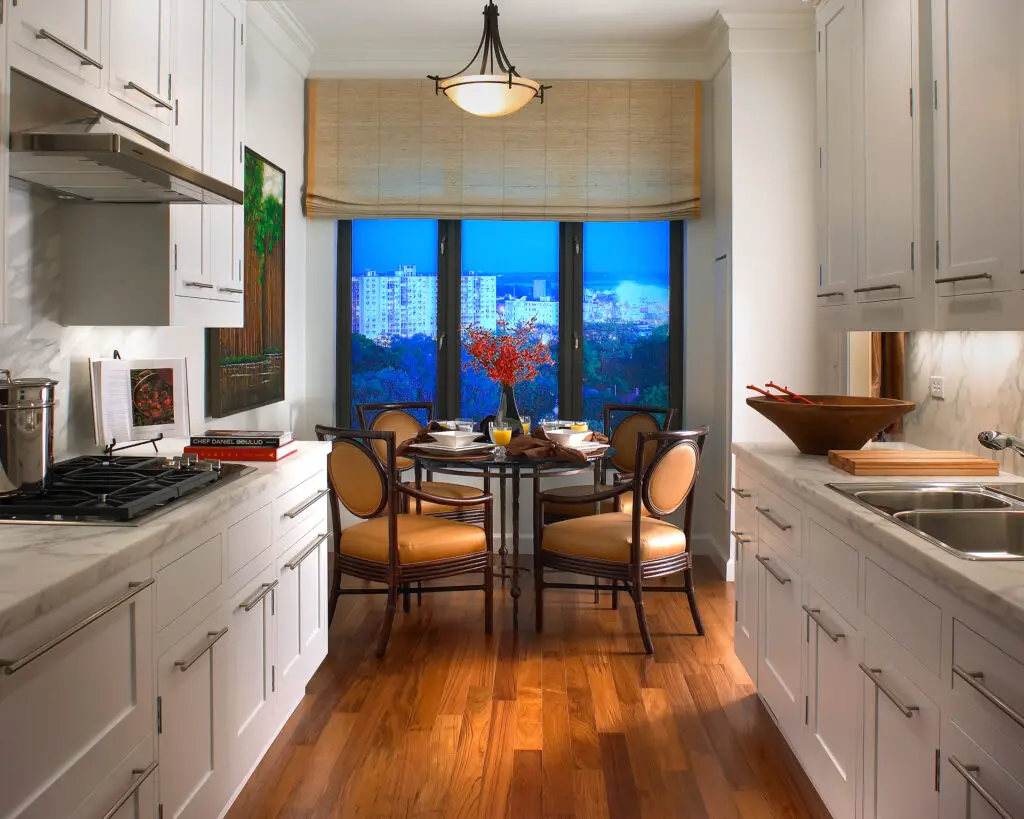
A “unique layout” often signals that the floorplan is unusual in ways that might not suit modern living. Converted spaces, oddly shaped rooms, or poor flow between areas can be major daily inconveniences. While some buyers may find these quirks charming, others might view them as deal-breakers. Future resale could also be affected if the design doesn’t appeal broadly.
Renovations to fix layout issues are usually expensive and complicated. It’s important to think about how you’ll use the space day-to-day. A unique floorplan might seem whimsical until it becomes frustrating. Always visualize your own furniture and routines before committing.
9. “Economical”
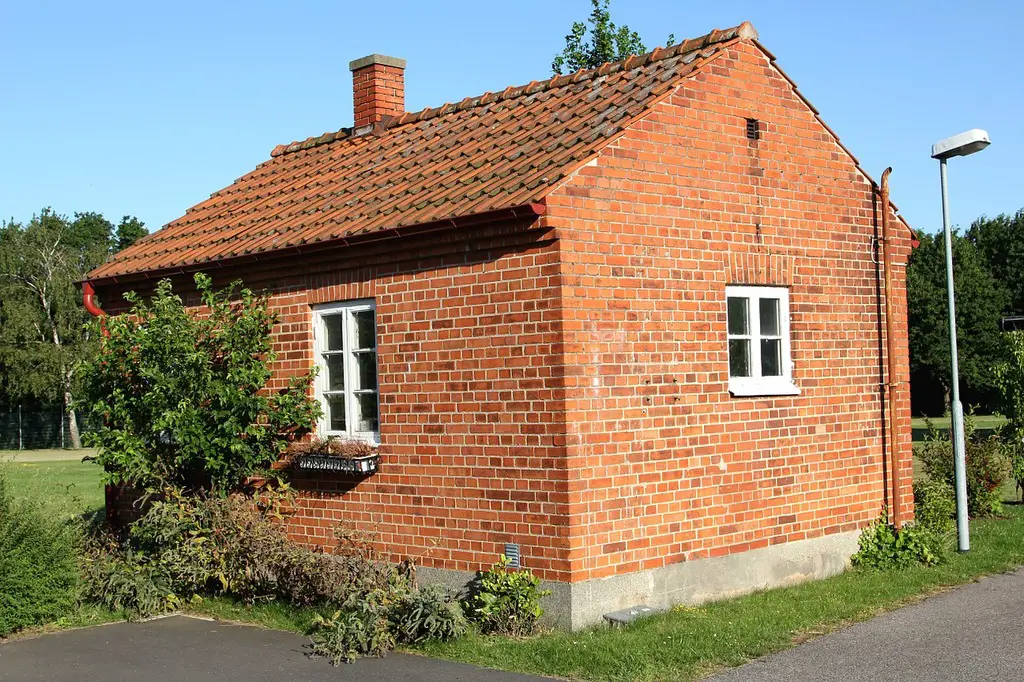
When a home is described as “economical,” it usually points to smaller size, fewer amenities, or older systems that are cheaper to maintain — for now. What sounds like a budget-friendly option could involve higher costs later for updates or repairs. It’s crucial to determine whether the savings are real or just short-term. Cheap upfront doesn’t always mean affordable in the long run.
Homes with aging infrastructure might demand replacement of major components within a few years. You could end up spending more on deferred maintenance than you saved initially. Always ask about the age of key systems like HVAC, roof, and plumbing. An economical price tag needs context to be truly valuable.
10. “Starter Home”

The phrase “starter home” often implies a property with significant limitations that buyers are expected to overlook. Smaller square footage, less desirable locations, or lack of updates are all common. While there’s nothing wrong with buying a starter home, it’s important not to settle for unacceptable flaws. Make sure it meets your minimum standards for comfort and safety.
Not every starter home is a smart financial move if repairs outweigh the property’s value growth. Buyers should look closely at renovation costs and neighborhood trends. Being strategic about your first home purchase can set you up for future success. Emotional decisions around “getting a foot in the door” can sometimes backfire.
11. “Custom Features”
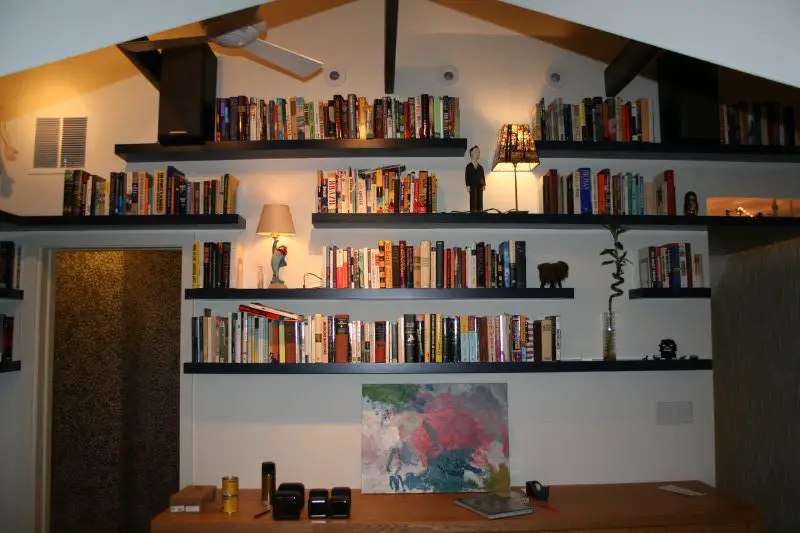
“Custom features” can sometimes mean non-standard changes that actually hurt functionality or resale value. Strange built-ins, awkward additions, or DIY renovations might have more personality than practicality. Customization should enhance a home, not limit its appeal to future buyers. Always scrutinize these features closely during tours and inspections.
Buyers often have to undo bizarre modifications before reselling. Poorly executed customizations can also hide deeper construction issues. Make sure the “custom” work was done professionally and permitted if necessary. Unique doesn’t always mean better.
12. “Pet-Friendly”

When a property is described as “pet-friendly,” it could hint at potential damage like scratched floors, lingering odors, or stained carpets. While welcoming pets is a great feature for many, it also requires extra due diligence. Check for signs of wear and cleanliness standards during walkthroughs. Future buyers might be pickier about homes that hosted multiple pets.
Pet-friendly homes might also come with modified fencing or yard setups that require maintenance. Odor removal and flooring updates can be surprisingly costly. Never assume “pet-friendly” just refers to policy — check the actual condition of the home. It’s better to spot issues early than to deal with surprise repair bills later.
13. “Tons of Potential”
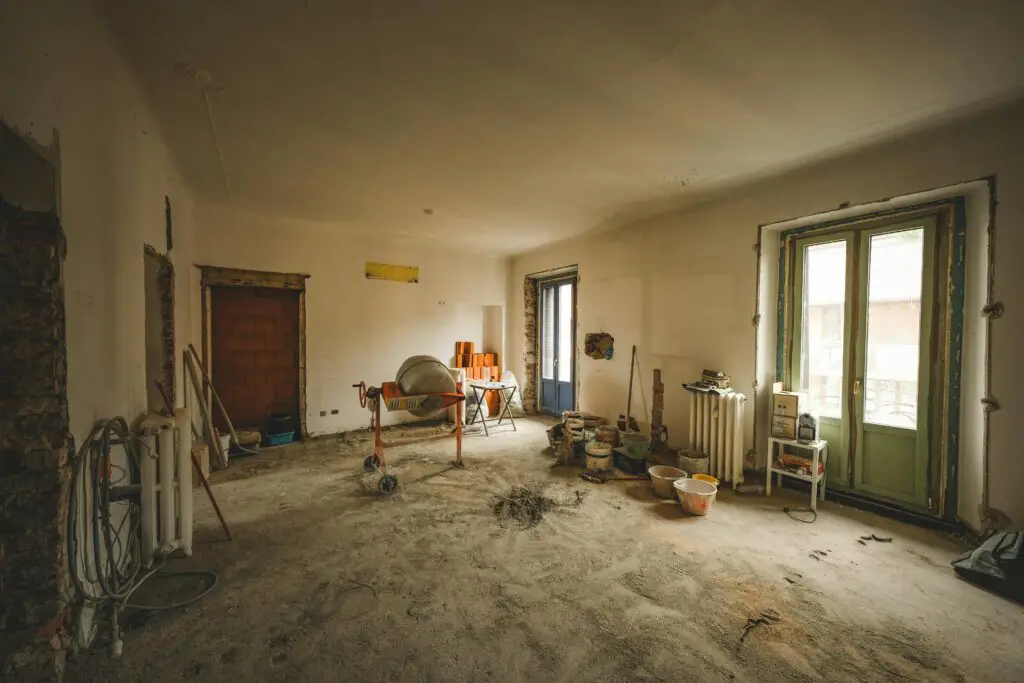
“Tons of potential” is a classic real estate euphemism for a property that needs major work. It suggests that while the home isn’t perfect now, it could become amazing — with enough time, money, and effort. Buyers should carefully assess how much renovation is needed versus their budget and skills. Dreams of flipping or restoring a home can quickly turn into financial nightmares.
Many “potential” properties require permits, inspections, and unexpected fixes that balloon costs. Renovating can also stretch timelines far longer than planned. Falling for a property’s possibilities without a clear plan is risky. Make sure the potential truly aligns with your abilities and resources before diving in.
